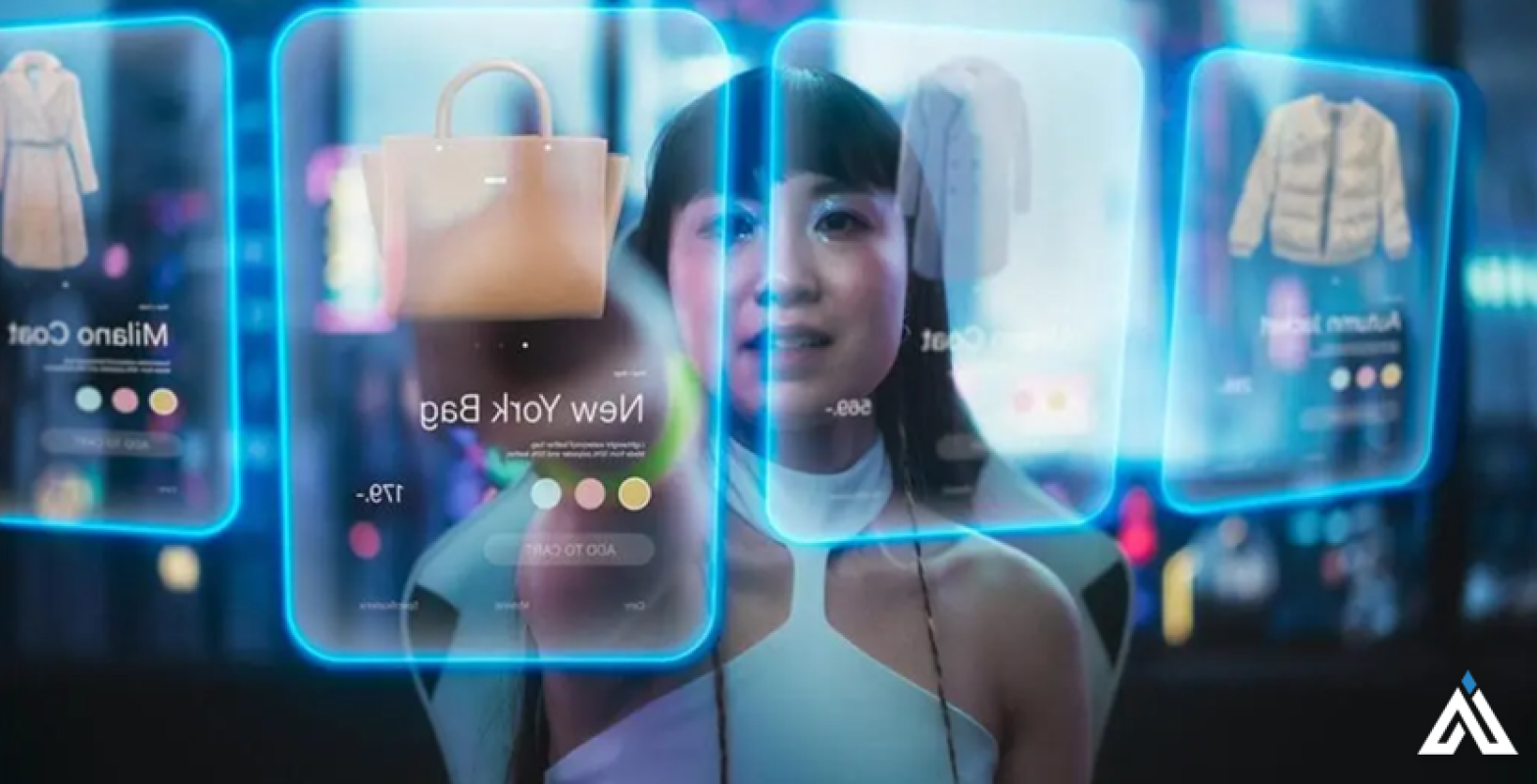In today’s rapidly evolving retail landscape, harnessing the power of machine learning to optimize operations and enhance customer experiences is no longer just an advantage; it's a necessity. The implementation of a dynamic pricing model, leveraging cutting-edge AI models and machine learning techniques, is at the forefront of this transformation. This technology enables businesses to make data-driven decisions, tailoring pricing strategies to consumer behavior and market conditions in real-time. It's not just about adjusting prices; it's about endeavoring towards inventory optimization, improving demand forecasting, and, ultimately, fostering customer loyalty through personalized shopping experiences. The implications of such advancements extend far beyond simple price adjustments, heralding a new era of retail personalization and operational efficiency.
This article dives into the essential machine-learning secrets that are redefining your everyday retail experience. We'll explore how machine learning facilitates a dynamic pricing model that adapts to changing market dynamics, ensuring price optimization and inventory management are more responsive than ever. Additionally, we'll examine the role of AI in analyzing customer behavior patterns for enhanced customer segmentation and retention strategies. Beyond pricing and customer analysis, we'll shed light on how these technologies are pivotal in reducing operational costs through smarter inventory and demand forecasting. From the inception of machine-generated prices to the intricate dynamics of retail personalization, prepare to unlock the full potential of machine learning in transforming the retail industry, making every decision data-driven and every strategy more dynamic.
Machine Learning for Price Optimization
Real-Time Pricing Adjustments
Machine learning models are pivotal in enabling real-time pricing adjustments, a cornerstone of modern retail price optimization. By analyzing vast amounts of historical data, these models can predict optimal pricing scenarios that dynamically adjust to market conditions. This capability ensures that you, as a retailer, can respond swiftly to changes in consumer demand and competitive pressures. For instance, during off-peak times, machine learning algorithms might recommend strategies such as product bundling at discounted rates to boost sales, effectively maintaining consistent revenue throughout the year.
Impact of Price Optimization on Sales
The impact of machine learning on sales through price optimization is profound. By leveraging data-driven insights, businesses can tailor their pricing strategies to maximize revenue and enhance customer satisfaction. Price optimization models consider various factors, including price elasticity, which helps determine how sensitive customers are to price changes. This insight allows businesses to adjust prices strategically—for example, offering lower-cost options to price-sensitive customers while maintaining premium pricing for time-sensitive buyers. This approach not only optimizes sales across different customer segments but also ensures a competitive edge in the rapidly evolving retail landscape.
Customer Behavior Analysis
Understanding Consumer Behavior with Machine Learning
Machine learning plays a pivotal role in deciphering consumer behavior, allowing businesses to analyze extensive data sets and uncover patterns in purchasing habits and preferences. By employing advanced analytics tools and ethically gathering data, companies can continuously refine their understanding of consumer trends. This process not only aids in tailoring marketing strategies but also enhances overall customer satisfaction by delivering personalized experiences. For instance, analyzing transactional and social behaviors helps businesses grasp how customers interact with products and services, influencing future marketing approaches and product development.
Case Studies of Behavioral Predictions
Real-world applications of machine learning offer compelling insights into its effectiveness in predicting consumer behavior. A notable example is a skincare brand that leveraged a social media campaign to significantly boost engagement and sales, demonstrating the influence of social behavior on purchasing decisions. Furthermore, predictive analytics in retail have enabled companies to forecast seasonal demand accurately, optimizing inventory and enhancing sales efficiency. These case studies underscore the importance of integrating machine learning into business strategies to not only respond to current customer needs but also anticipate future behaviors, thereby securing a competitive edge in the market.
Reducing Operational Costs
How ML Can Cut Down Retail Operation Expenses
Machine learning significantly reduces operational costs by optimizing inventory management and enhancing supply chain efficiency. By analyzing historical sales data and external factors like seasonal trends, machine learning models provide precise demand forecasts. This allows you to maintain optimal stock levels, minimizing overstock and understock scenarios which are costly. Additionally, machine learning streamlines supply chain operations by optimizing delivery routes and predicting delivery times, which cuts down logistics costs significantly.
Examples of Cost Reductions in Retail
One notable example of cost reduction through machine learning is predictive maintenance. This approach uses algorithms to analyze data from equipment sensors and predict when maintenance is needed, preventing costly breakdowns and unplanned downtime. Another example is dynamic pricing strategies. By analyzing real-time market data and customer behavior, machine learning helps adjust prices dynamically, enhancing profitability and reducing losses from unsold inventory. Furthermore, AI-driven management systems optimize energy consumption, leading to significant savings on utility costs. These examples underscore the transformative impact of machine learning on reducing operational expenses in retail.
Conclusion
Throughout this exploration of machine learning's transformative impact on the retail sector, we've delved into how technologies like dynamic pricing models, customer behavior analysis, and operational efficiencies not only revolutionize the way retailers operate but also enhance the consumer shopping experience. Key highlights include the implementation of AI to adapt pricing in real-time, the insightful analysis of consumer behavior to tailor personalized shopping experiences, and the leveraging of machine learning algorithms to optimize inventory and reduce operational costs. These innovations underscore the pivotal role of AI and machine learning in driving retail's future, ensuring businesses remain competitive and responsive to rapidly changing market dynamics.
For small business professionals venturing into the expansive world of AI technology, it's clear that embracing machine learning strategies offers a pathway to significant improvements in customer engagement, operational efficiency, and overall profitability. The implications of these advancements extend beyond immediate operational enhancements, setting the stage for a future where data-driven insights empower retailers to meet the evolving needs of their customers. As the retail industry continues to navigate through digital transformation, the adoption of AI and machine learning becomes not just an asset but a necessity, promising a more personalized, efficient, and data-driven retail landscape.
FAQs
- What role does machine learning play in the retail sector? Machine learning is pivotal in retail for dynamic pricing and promotional strategies, helping retailers adjust prices dynamically to maximize revenue. These algorithms consider competitor pricing, market trends, inventory levels, and consumer demand to set optimal prices.
- Can you provide examples of machine learning applications in daily life? Machine learning is evident in daily interactions with virtual personal assistants like Siri, Alexa, and Google Now. These assistants help users perform tasks such as scheduling daily activities or finding flight information simply by processing voice commands.
- How is AI revolutionizing the retail industry?AI is revolutionizing retail by enhancing demand forecasting accuracy and enabling more precise pricing and stock ordering through predictive analytics. It also aids in optimizing product placement, significantly improving overall retail operations.
- In what ways is machine learning reshaping business practices? Machine learning is reshaping business by streamlining routine tasks, optimizing schedules, facilitating smarter decision-making, and enhancing communication. This technology allows companies to operate more efficiently, meet employee needs, and manage budgets effectively.








Comments